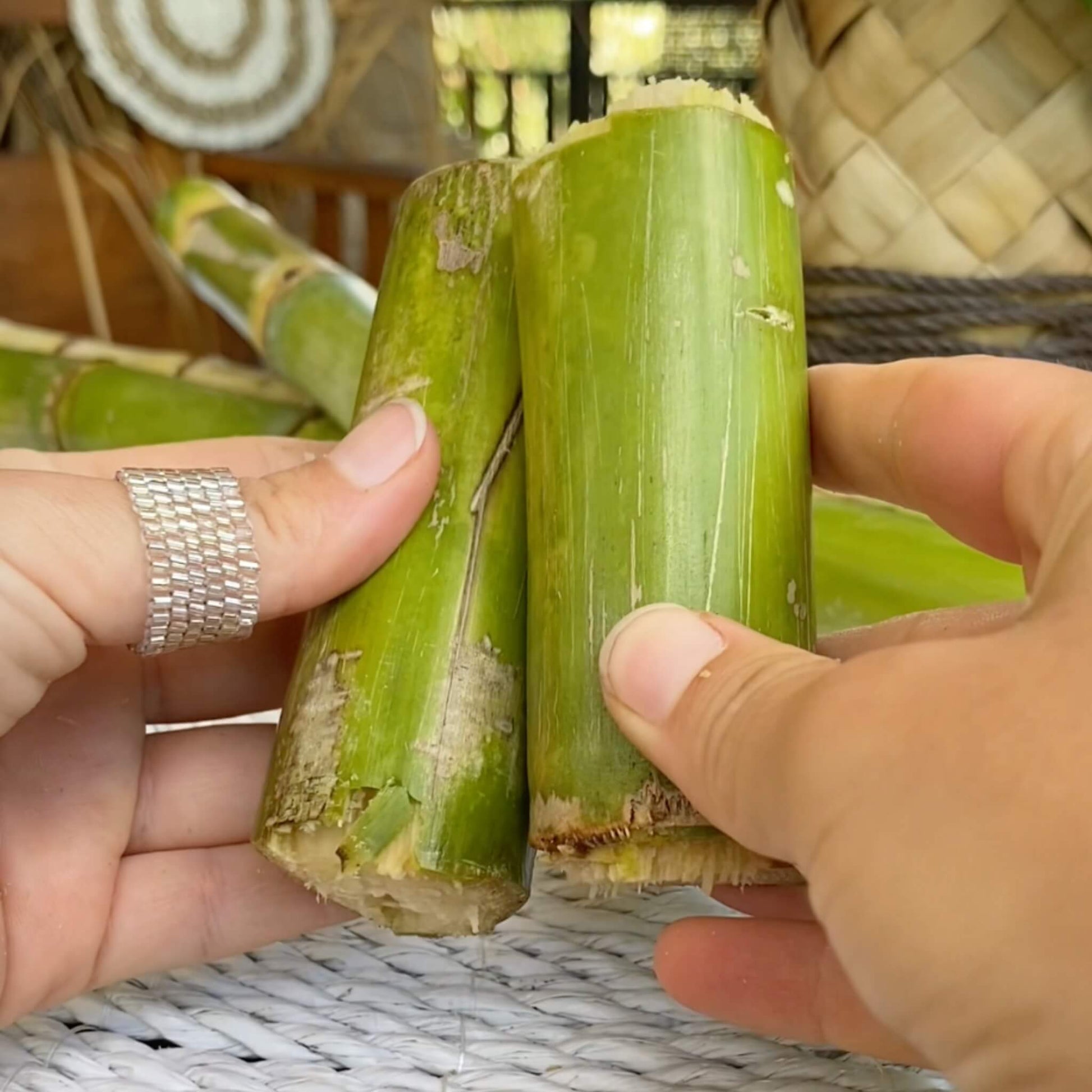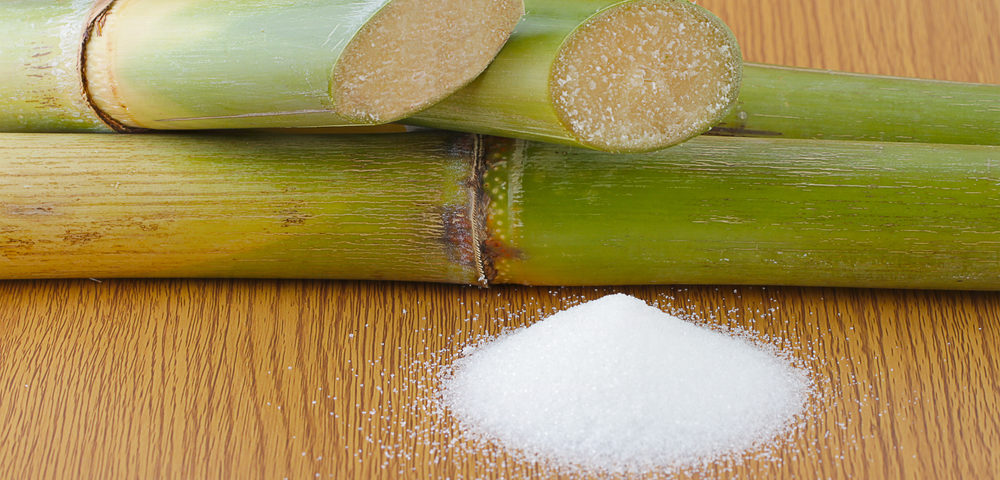The Healthier Alternatives to Sugar and Cane for Natural Sweetness
The Healthier Alternatives to Sugar and Cane for Natural Sweetness
Blog Article
How Walking Stick Sugar Processing Chemicals Improve Sugar Quality and Return
The role of processing chemicals in walking stick sugar manufacturing is pivotal, as they straight influence both the high quality and return of the last item. The incorporation of triggered carbon and enzymes serves to optimize the malfunction of intricate sugars, inevitably leading to a purer and higher-quality sugar.
Summary of Walking Stick Sugar Processing
Walking stick sugar processing includes a series of essential actions that change raw sugarcane right into polished sugar items. The procedure starts with harvesting, where mature sugarcane stalks are cut and moved to refining facilities. Upon arrival, the cane undergoes washing to eliminate impurities such as soil and plant materials.
Complying with cleaning, the walking stick is crushed to extract the juice, which contains sucrose - sugar and cane. This juice undertakes clarification, where lime and warmth are made use of to get rid of staying pollutants and non-sugar components. The made clear juice is after that evaporated to concentrate the sugar content, leading to the development of thick syrup
Following, the syrup is crystallized via a regulated cooling process, resulting in sugar crystals. To attain refined sugar, more filtration steps are used, including washing, re-crystallization, and drying.
The last item is either packaged as raw sugar or additionally processed right into white sugar, accommodating numerous consumer and commercial needs. This thorough series of actions makes sure the production of high-grade sugar, vital for countless applications in food and beverage sectors.
Key Handling Chemicals Utilized
The manufacturing of refined walking stick sugar depends on numerous handling chemicals that play significant functions at various stages. Amongst one of the most vital are lime (calcium hydroxide), phosphoric acid, and sulfur dioxide. Lime is largely used during the information stage to neutralize acidity and speed up impurities, resulting in a more clear juice. This action is essential for boosting the overall high quality of the extracted juice.
Phosphoric acid serves a twin function; it boosts the information process and assists in the removal of color-forming compounds, adding to a higher pureness of the final item. In addition, sulfur dioxide functions as a bleaching representative, enabling for the efficient elimination of unwanted pigments and enhancing the shade of the sugar.
Other notable chemicals include triggered carbon, which is utilized for more decolorization, and enzymes that help with the break down of complicated sugars into less complex types, therefore boosting yield. The mindful option and application of these processing chemicals are essential for optimizing the effectiveness of sugar extraction and refining procedures, eventually causing an extra regular and higher top quality sugar product.

Effect on Sugar High Quality
Just how do processing chemicals affect the high quality of refined sugar? The intro of various chemicals in the cane sugar handling phase substantially enhances the pureness and total quality of the final product.
In addition, the usage of triggered carbon and ion-exchange materials throughout the refining process plays a crucial duty in getting rid of off-flavors and undesirable odors, contributing to the sugar's sensory profile. This refinement not only raises the aesthetic and organoleptic qualities yet also improves the service life by lessening microbial activity connected with contaminations.
Furthermore, the accurate application of these chemicals guarantees that the sugar exhibits a consistent grain size and flowability, which are crucial attributes for both commercial applications and customer preferences. Overall, the critical use of handling chemicals is fundamental in attaining top quality polished sugar that meets market criteria and customer expectations.

Enhancing Yield Efficiency
Enhancing return effectiveness in walking stick sugar handling includes maximizing different stages of manufacturing to take full advantage of the quantity of sugar extracted from raw walking stick. One vital element is the option and application of proper processing chemicals, which can promote the breakdown of cell walls and enhance sugar release during removal. Chemicals such as acids and enzymes play a vital duty in this procedure by hydrolyzing polysaccharides and dissolving pollutants, consequently improving the general removal performance.

Normal tracking and adjustment of processing criteria are necessary to keep efficiency throughout manufacturing (sugar and cane). By employing these approaches, sugar producers can not only boost the amount of sugar obtained but additionally reduce waste and reduced production costs, contributing to a much more rewarding and lasting sugar processing procedure
Benefits for Manufacturers and Customers
Walking cane sugar handling chemicals use significant advantages for both consumers and manufacturers, producing a more lasting and reliable sector. For manufacturers, these chemicals improve extraction procedures, bring about higher yields and enhanced sugar high quality. By maximizing the purification and crystallization phases, they lower waste and rise total efficiency, which can significantly decrease production costs. This effectiveness enables producers to continue to be affordable in a global market defined by varying costs and demand.
For consumers, the advantages are just as engaging. The improved top quality of sugar translates to much better taste and uniformity in food. In addition, the use of handling chemicals can result in an extra steady supply of sugar, alleviating lacks and cost spikes that can happen due to ecological factors or market variations. The advancements in production methods add to sustainability campaigns by minimizing resource use and waste generation, appealing to ecologically mindful customers.
Verdict

The duty of handling chemicals in walking stick sugar production is essential, as they directly affect both the quality and return of the last item (sugar and cane). The unification of turned on carbon and enzymes serves to maximize the failure of complex sugars, inevitably leading to a purer and higher-quality sugar.Cane sugar processing involves a series of important actions that transform raw sugarcane into refined sugar products.Enhancing return efficiency in walking stick sugar handling involves enhancing different stages of manufacturing to make best use of the quantity of sugar drawn out from raw cane.Walking stick sugar handling chemicals play a vital role in improving both sugar helpful resources high quality and yield
Report this page